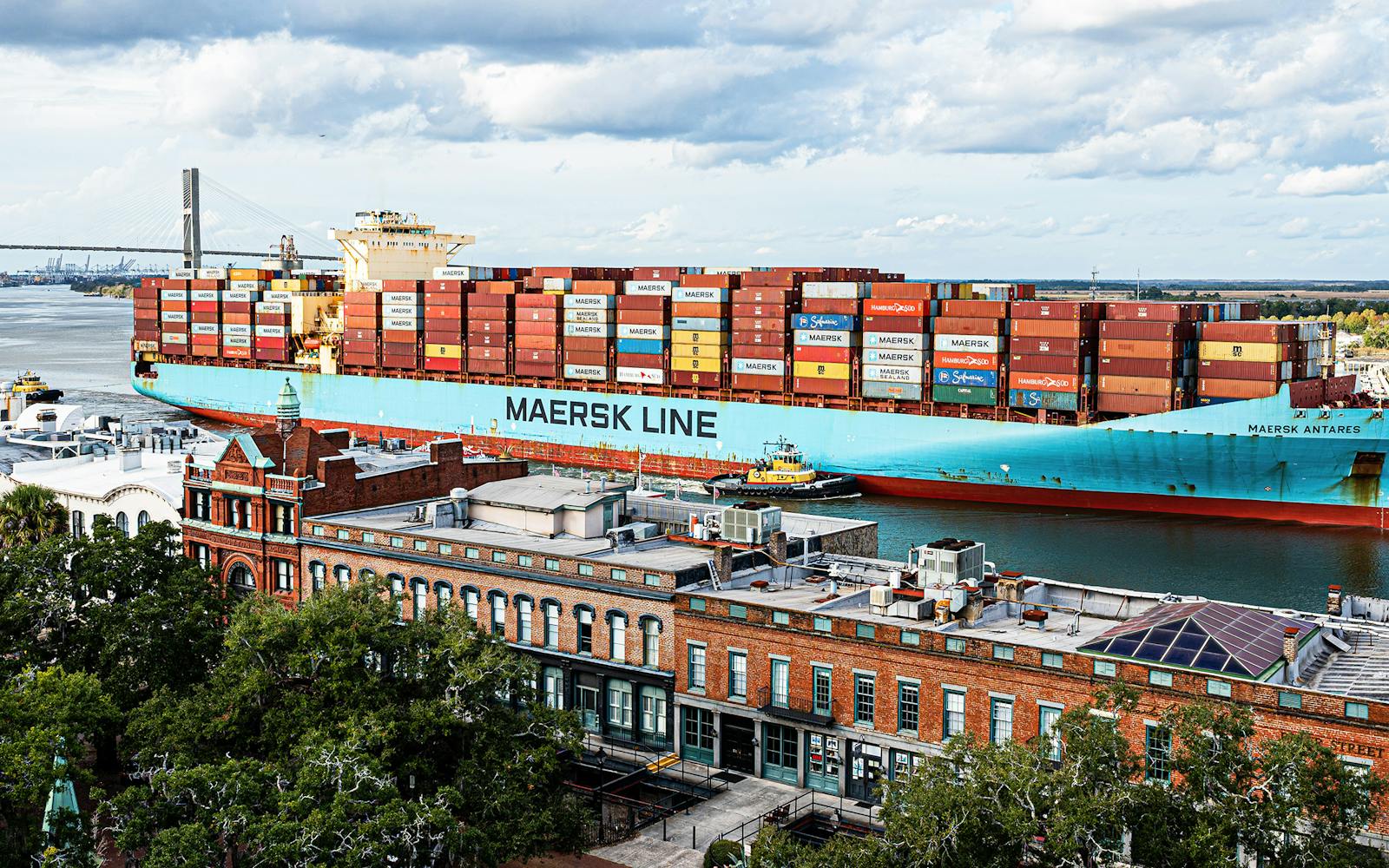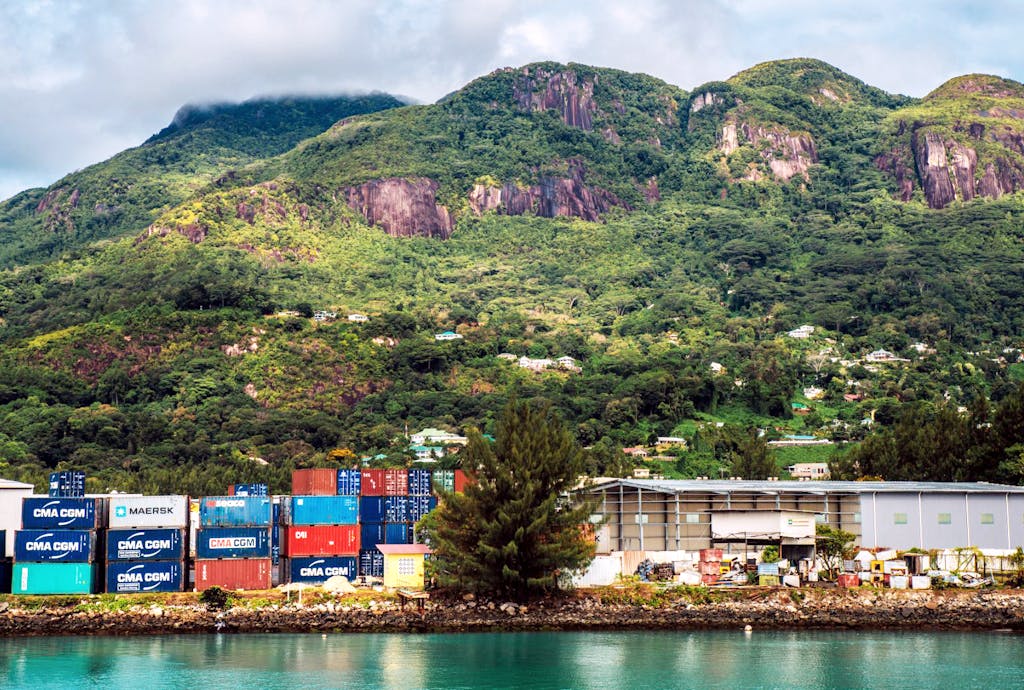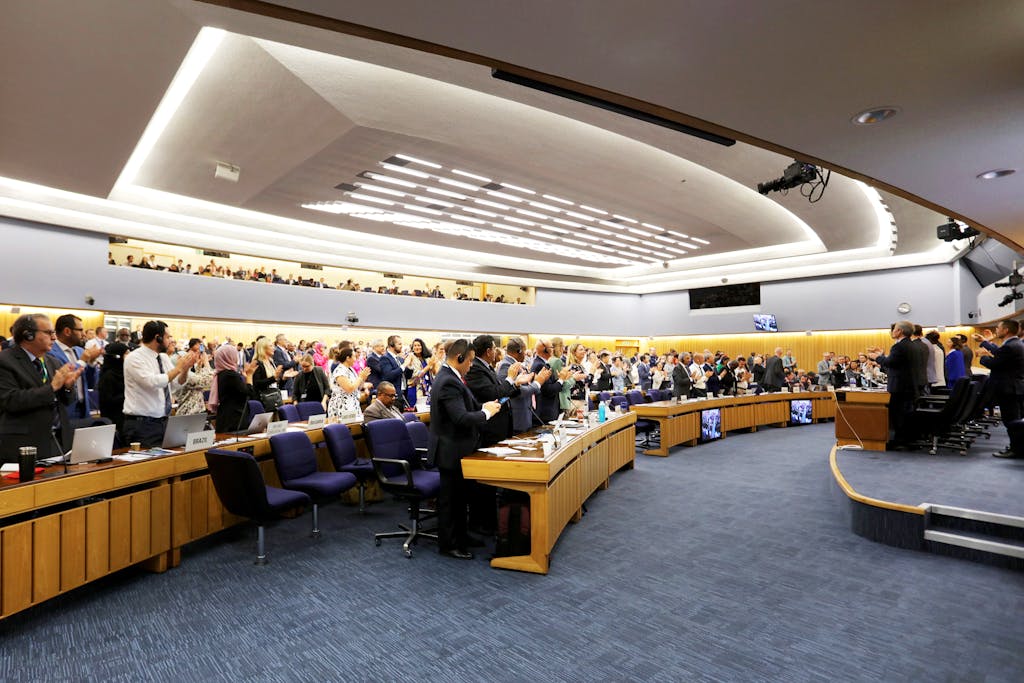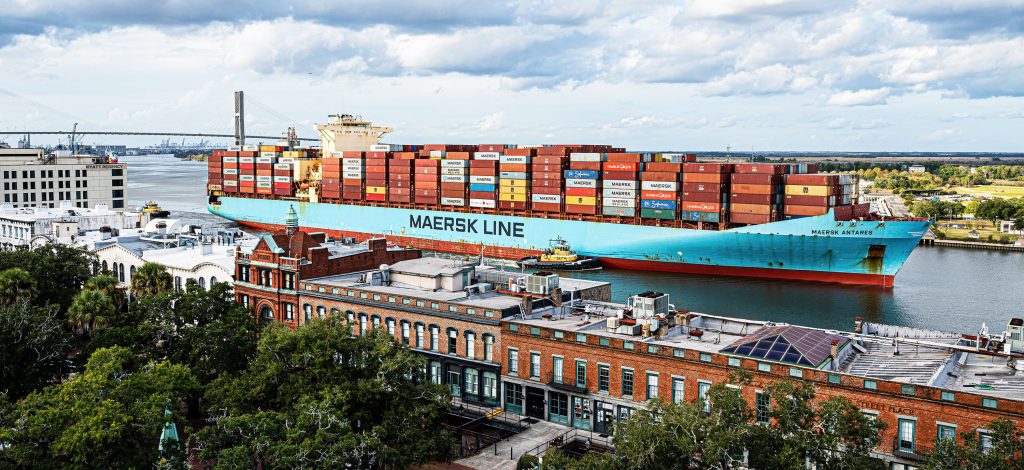

better than eighty% of the world’s items are transported through container ship like this one leaving the port of Savannah, Georgia. photograph: Attie Heunis
For the predominant time, the worldwide transport group has agreed to diminish again the sector’s greenhouse gas emissions to web zero. The breakthrough acquired here all by current negotiations on the worldwide Maritime group, the United Nations agency answerable for regulating transport and air pollution on the extreme seas.
In July, at a extremely anticipated meeting in London, worldwide Maritime group (IMO) delegates from better than one hundred international places reached a consensus to slash the quantity of warmth-trapping gases produced by the world’s cruise liners, container ships, and bulk cargo carriers.
whereas the revised method doesn’t absolutely align with the targets of the 2015 Paris settlement, it does characterize a mannequin new stage of ambition from actually one of many world’s most polluting sectors. under this new plan, international places have dedicated to decarbonize the transport enterprise by or round 2050, a important change from earlier commitments to diminish greenhouse gas (GHG) emissions by simply 50% inside the identical timeframe.
“it is not the tip purpose,” said IMO Secretary-primary Kitack Lim. “it is in lots of methods a spot to start for the work that should intensify methodology extra over time and many years forward of us.”
I spoke with the UN basis’s Senior Director for Ocean and local climate Susan Ruffo and the UN basis’s Director of Ocean and local climate Kerrlene Wills about what this new method may imply for the methodology all by which forward for actually one of many world’s most very important and refined industries.
earlier than we dive in, are you able to clarify what makes the transport enterprise — and the IMO — so important for local climate movement?
Susan: although most of us not often take into consideration transport, it touches all of us day by day. About eighty% of every little thing we put on, eat, and use entails us by ship from all all by the world. These items journey throughout worldwide waters, which, by definition, are areas that are not under the administration of anyone nation. So transport is the final phrase worldwide enterprise, and making modifications to that enterprise requires worldwide cooperation. that is the rationale the IMO was established: to current a methodology for governments to collaborate on transport-associated factors starting from safety to air pollution administration. That mandate extends to addressing efforts to decarbonize the sector with a view to deal with local climate change.
Kerrlene: whereas transport at present contributes about three% of worldwide GHG emissions, if left unregulated this would possibly attain 10% by 2050. actually one of many largest challenges to reducing emissions from the transport enterprise is the gas that large vessels use: heavy gas oil. When it is burned, it emits carbon dioxide, sulfur oxide, and nitrogen oxide, which contribute to worldwide warming, air air pollution, and respiratory illnesses. additionally, these fuels are the tar-like substance that you only see on aquatic life and seashores after a tanker has run aground. This occurred most these days in 2020 when a Japanese cargo vessel ran aground on a coral reef off the coast of Mauritius, inflicting irreversible damage to the world’s marine life. that is the rationale figuring out cleaner fuels for the enterprise is essential to not solely curbing transport emissions, however additionally to defending life on land and inside the ocean. The IMO is the one physique which will set worldwide emissions requirements for the transport enterprise, and subsequently the commonplace for the style of gas that ships run on.

as a consequence of they’re uniquely weak to local climate change and disproportionately affected by the world’s cruise liners and container ships, small island nations are taking half in a essential function in accelerating the transport enterprise’s clear vitality transition. photograph: UN office for challenge providers / constructed-in Water assets administration inside the Atlantic and Indian Ocean Small Island creating States (IWRM AIO SIDS)
How is the rising participation and management of small island nations, particularly inside the Pacific, shaping these discussions?
Susan: Small island nations reminiscent of these inside the Pacific and Caribbean have prolonged been leaders on ocean and local climate factors. They have been instrumental in securing the Paris settlement’s prolonged-time period temperature purpose of “properly under 1.5 levels” Celsius above preindustrial ranges, as properly as to Sustainable progress purpose 14, which focuses on “life under water.”
a lot of the UN basis’s work on this space — and our involvement inside the current IMO negotiations particularly — focuses on working with these small island nations, that are actually “massive ocean states” since their ocean territories are typically enormous. they’re disproportionately affected by local climate change, but, traditionally, have had much less vitality and voice in choice-making areas simply like the IMO.
Kerrlene: not like the IMO’s earlier method, this revised GHG plan contains a chosen dedication to a “simply and equitable transition,” which was a sturdy-fought battle by Pacific delegations significantly. The inclusion of this language is essential as a consequence of it acknowledges the should go away no seafarer or nation behind when it entails reducing emissions inside the transport enterprise. And this breakthrough wouldn’t have been potential with out the management of small island nations in shaping these negotiations.
Susan: local climate change is actually an existential risk for heaps of of these nations, they usually current the world with an moral compass and a methodology of urgency. the identical is true on the IMO, although traditionally lots of these nations, and a lot of utterly different creating international places, have been underrepresented there. The UN basis is working to fluctuate that. now we have been honored to work with leaders from Pacific states reminiscent of a consequence of the Marshall Islands, Solomon Islands, Tonga, Fiji, Vanuatu, Tuvalu, and Kiribati to assist their push for an bold and equitable GHG method, in collaboration with creating economies all by the world.

on the IMO’s headquarters in London, delegates from over one hundred international places applaud the passing of a mannequin new worldwide settlement to diminish again emissions inside the transport enterprise to web zero. photograph: worldwide Maritime group
Discussions about an enterprise-broad worth on carbon generated a terribly important deal of buzz on the IMO. Why would a potential levy on GHG emissions be so important, and what are the following steps?
Susan: There are a pair causes this typically is a terribly important progress. First, not like the UN Framework convention on local climate Change (UNFCCC), the IMO is unquestionably a regulatory physique, so it has the vitality to set and implement guidelines for the worldwide transport sector. that means its decisions have tooth. Second, although placing a worth or levy on GHG emissions is amongst the numerous biggest methods to drive reductions, it is liable to be troublesome to go politically and so it is not often used. There are at present no worldwide, enforceable carbon levies. That’s why the work that the IMO, as a worldwide regulator, is getting proper down to do is groundbreaking.
Kerrlene: An equitable GHG pricing mechanism will make sure that the transition to a clear transport future additionally addresses the impacts on small island nations and least developed international places significantly. In idea, the pricing mechanism can assist these international places by offering funds for mannequin new utilized sciences and for evaluation and progress, as properly as to performance constructing and serving to to cowl prices associated to shifting to greener fuels. It may additionally assist generate funds for local climate mitigation (reducing carbon emissions) and adaptation (lessening worldwide warming’s impression by altering infrastructure, methods, or habits). this might most probably be decided inside the following half of the negotiations, which might happen subsequent spring.
Susan: although it goes to take a whereas for the IMO to develop and undertake closing legal guidelines, the very confirmed actuality that it agreed to decarbonize transport by 2050 — and indicated it goes to use some style of emissions pricing to drive that course of — has already garnered a terribly important deal of consideration from the enterprise. Ships have a pair of 30-yr life span, so as we converse’s new vessels will most probably be on the water prolonged after the IMO’s GHG legal guidelines take impression. Burning fossil fuels may get very costly contained in the lifetime of these ships, so corporations are pondering twice about what style of fuels they should make use of and the place they should speculate. I’m hopeful that we’ll start to see a transition to zero-emission vessels taking place very quickly.
TAKE A DEEPER DIVE
Hear from our specialists with reference to the current IMO meeting and what enterprise leaders and local climate activists alike are saying about the way you most likely can chart a greener future for worldwide transport.

